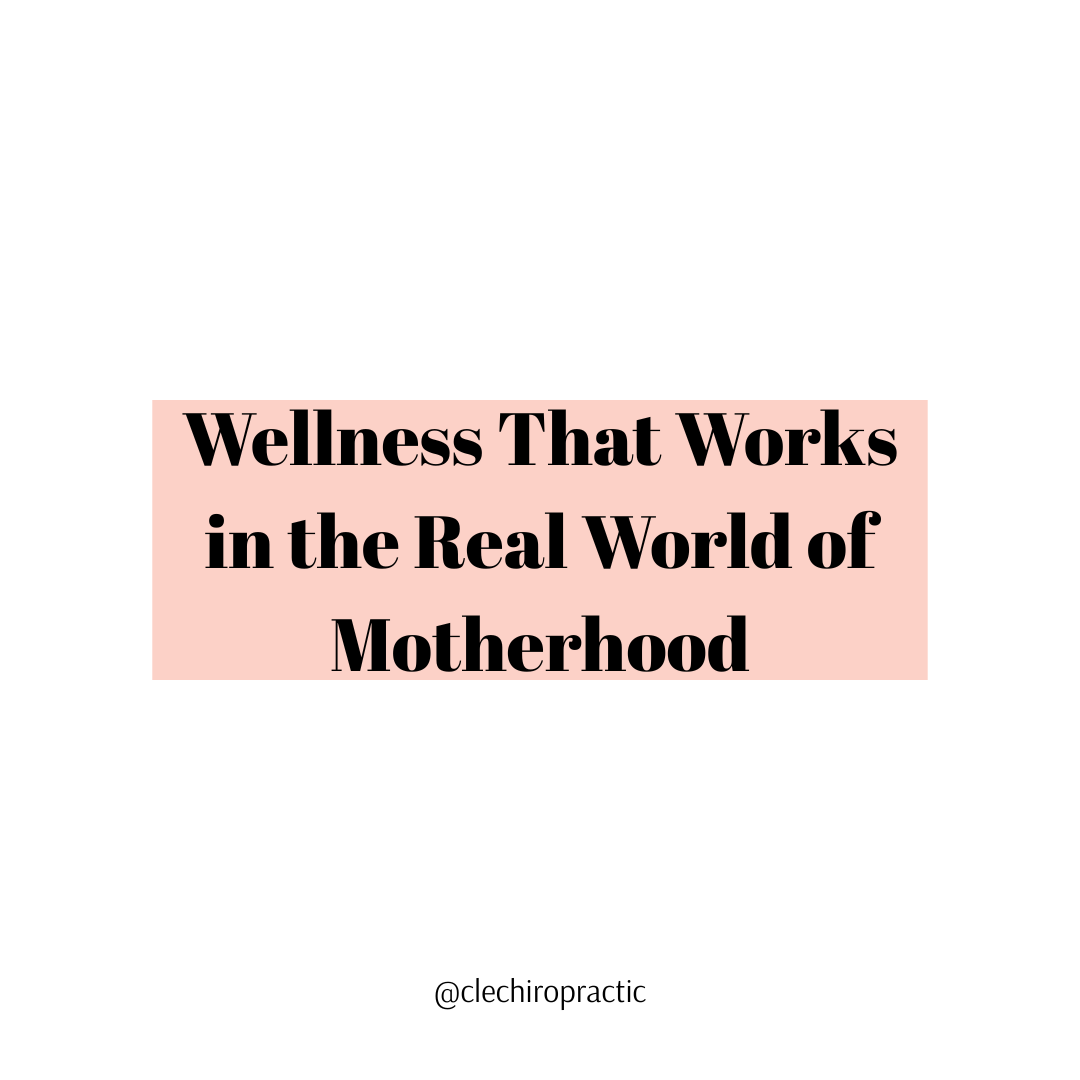Postpartum Recovery & Acupuncture
Healing, balancing, and recharging after birth
The postpartum period is a time of deep transformation—physically, emotionally, and energetically. While the focus often shifts to baby care, it’s essential for parents to prioritize their own healing, too. Acupuncture offers gentle, effective support for postpartum recovery, helping to restore balance and ease common symptoms that arise after birth.
Common Postpartum Symptoms Acupuncture Can Help With
1. Postpartum Fatigue
Birth is physically depleting. Acupuncture helps replenish energy, improve sleep, and support your body's recovery so you feel more like yourself again.
2. Hormonal Imbalance & Mood Swings
Emotional ups and downs are common. Acupuncture may help stabilize hormones and ease postpartum depression, anxiety, irritability, or baby blues.
3. Insomnia & Poor Sleep Quality
Even if baby sleeps, many moms struggle to fall or stay asleep. Acupuncture calms the mind and supports deeper, more restorative rest.
4. Pain & Recovery from Birth
Whether you’ve had a vaginal birth or cesarean, acupuncture can support healing from pain, stitches, swelling, or scar tissue.
5. Breastfeeding Support
Acupuncture and herbal medicine may help boost milk production and ease inflammation from clogged ducts or mastitis.
6. Hair Loss, Night Sweats, & Other Hormonal Shifts
These are signs of hormonal depletion that acupuncture may help regulate.
7. Anxiety, Overwhelm, & Emotional Burnout
New motherhood is intense. Acupuncture helps activate the parasympathetic nervous system—promoting calm, focus, and emotional resilience.
8. Digestive Issues
Acupuncture can help with sensations of bloating, appetite changes, constipation and other digestive issues.
Is Acupuncture Safe Postpartum?
Yes! Acupuncture is safe while breastfeeding and can be used alongside conventional postpartum care. Treatments are gentle and tailored to your energy levels and symptoms. You can even bring your baby to your session if needed!
Prioritizing You Helps Baby, Too
Taking care of your own health and wellbeing allows you to show up more fully—physically and emotionally—for your baby. Acupuncture gives your body and mind the tools to heal, rest, and thrive in this new chapter of motherhood.
Ready to feel supported in your postpartum recovery?
Book a session or contact the office to learn how acupuncture can help you restore balance, energy, and peace in the fourth trimester.
Take care!





